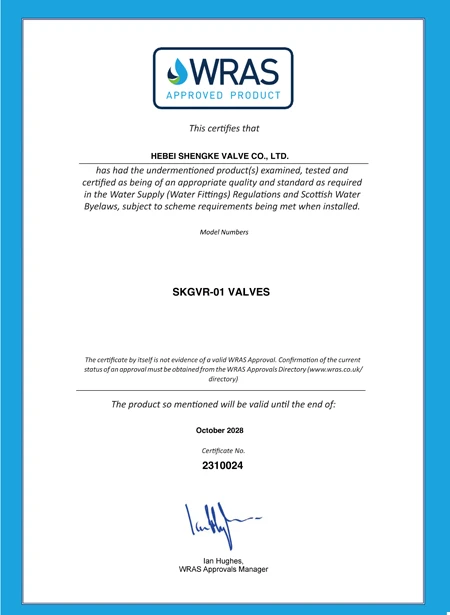Oct . 21, 2024 18:55 Back to list
Understanding the Functionality and Applications of Gate Valves in Fluid Control Systems
Understanding Gate Valves Function, Design, and Applications
Gate valves are essential components in various industrial and residential applications, primarily used for stopping or starting the flow of fluids in pipelines. These valves operate by lifting a barrier (the gate) out of the path of the fluid, allowing for a full, unobstructed flow when fully open. Their design and functionality make them a preferred choice in scenarios where minimal flow resistance is crucial.
Fundamental Design and Operation
Gate valves feature a simple yet effective design, typically comprising a body, a gate, a stem, and a bonnet. The gate operates vertically and is raised or lowered by turning the valve’s handwheel, which rotates the stem connected to the gate. When the handwheel is turned clockwise, the gate moves downward, sealing off the flow. Conversely, turning it counterclockwise raises the gate, permitting the fluid to flow freely.
One of the primary advantages of gate valves is their ability to provide a straight-line flow path, significantly reducing turbulence and pressure drop when in the open position. This characteristic makes them particularly suitable for applications involving water, oil, natural gas, and other non-corrosive liquids. The design allows for a very tight seal, minimizing leakage when closed.
Types of Gate Valves
There are several types of gate valves, each suitable for different applications. The most common types include
1. Wedge Gate Valves This type features a wedge-shaped gate that can be moved between two seats. The wedge design allows for a tighter seal, making it suitable for high-pressure applications.
2. Parallel Gate Valves In these valves, the gate is flat and parallel, allowing for a uniform fit against the seats. This design ensures a good seal in lower pressure applications but may not function optimally under high pressure.
gate valve

3. Rubber-Seated Gate Valves These valves incorporate a soft rubber seating surface which forms a seal with the gate. They are often used in water applications due to their effective sealing capabilities and resistance to corrosion.
Applications of Gate Valves
Gate valves are widely used across various industries, including
1. Water Supply and Wastewater Management In municipal water systems, gate valves regulate water flow to different areas of the distribution network. In wastewater management, they help control the flow in treatment facilities.
2. Oil and Gas Industry Gate valves are crucial in controlling the flow of crude oil and natural gas in pipelines. Their ability to handle high pressures and provide a tight seal makes them ideal for these applications.
3. Power Generation In power plants, gate valves are often used in cooling systems and to manage steam flow. They help isolate equipment for maintenance purposes.
4. Industrial Processes Many manufacturing processes require precise control of liquid flow, and gate valves offer the necessary reliability and functionality.
Conclusion
The role of gate valves in fluid control systems cannot be overstated. They provide a reliable, efficient, and economical way to manage the flow of liquids and gases in various applications. Understanding their design, types, and applications allows engineers and operators to select the right valve for their specific needs, ensuring the safety and efficiency of their operations. As industries continue to evolve, gate valves will remain a key component in the advancement of fluid management technologies.
Share
-
Reliable Wafer Type Butterfly Valves for Every IndustryNewsJul.25,2025
-
Reliable Flow Control Begins with the Right Ball Check ValveNewsJul.25,2025
-
Precision Flow Control Starts with Quality ValvesNewsJul.25,2025
-
Industrial Flow Control ReliabilityNewsJul.25,2025
-
Engineered for Efficiency Gate Valves That Power Industrial PerformanceNewsJul.25,2025
-
Empowering Infrastructure Through Quality ManufacturingNewsJul.25,2025